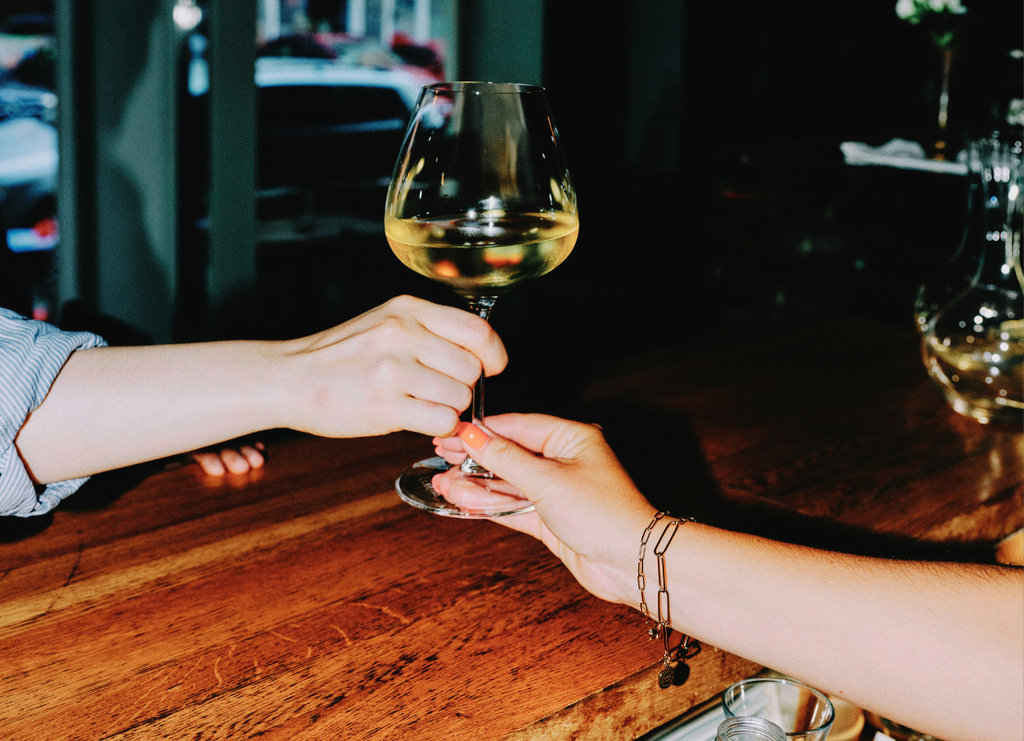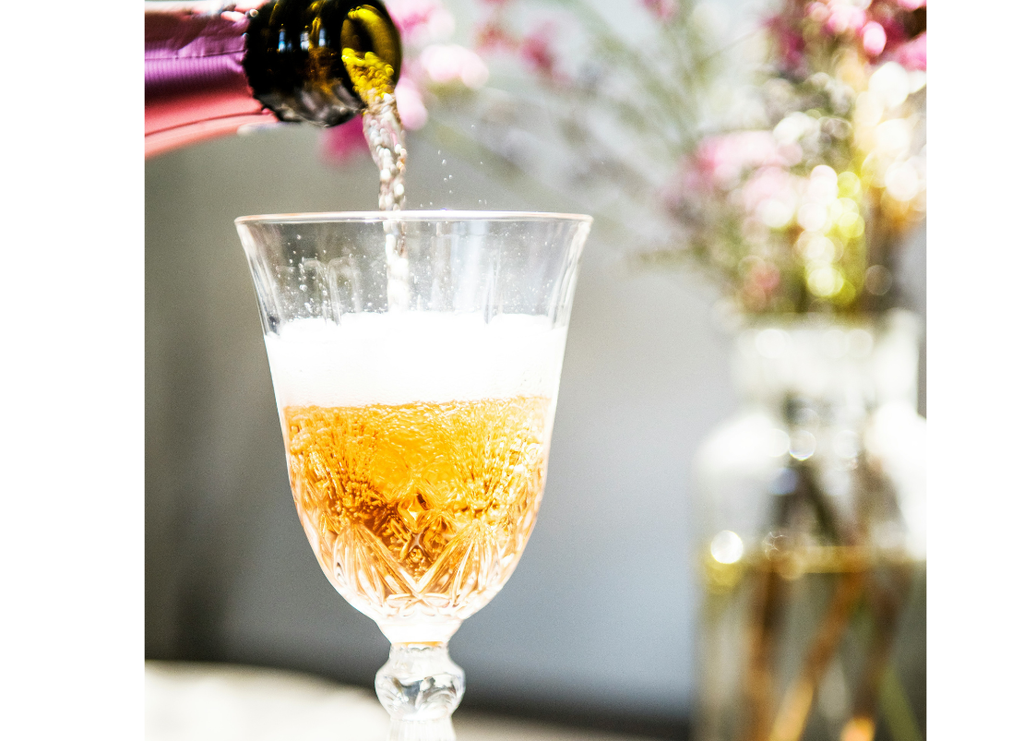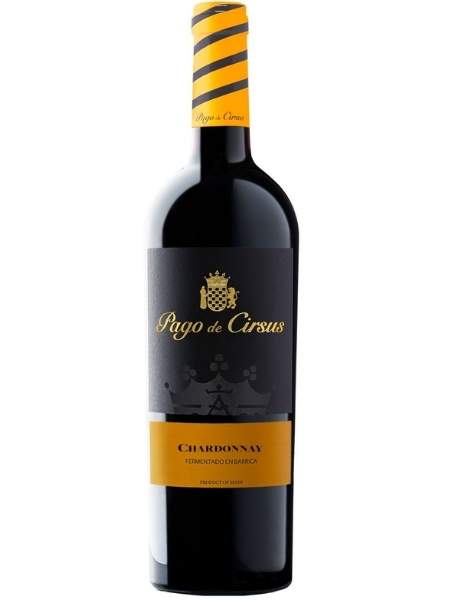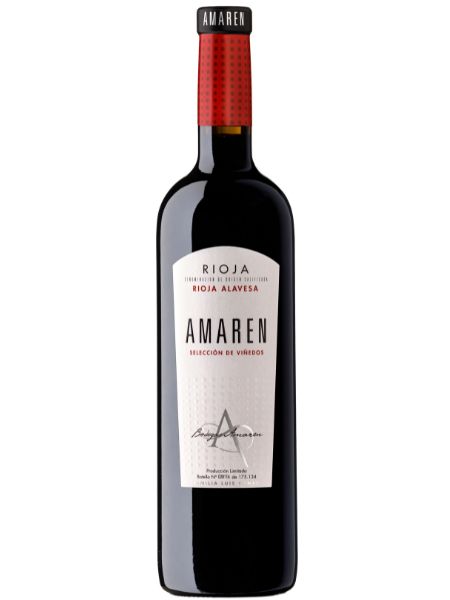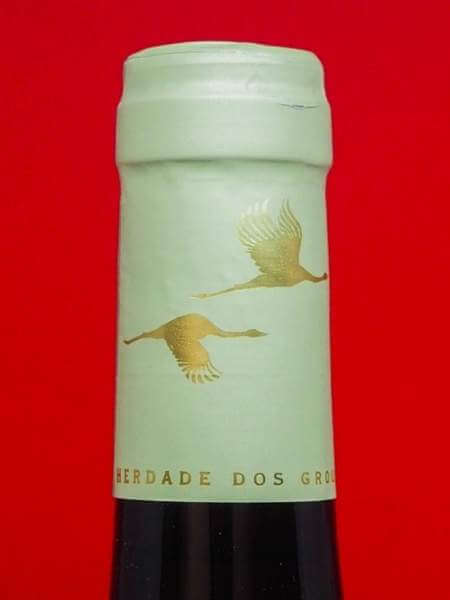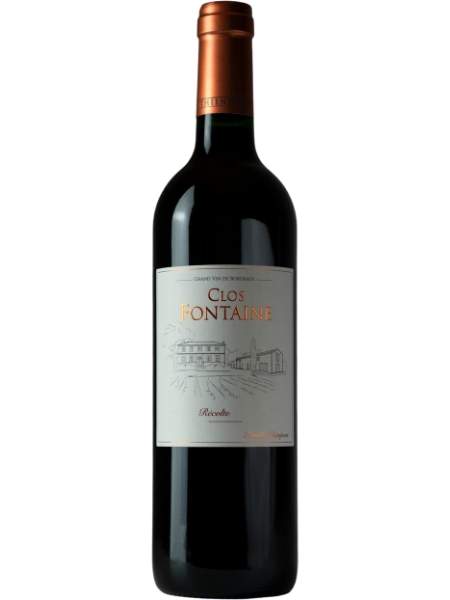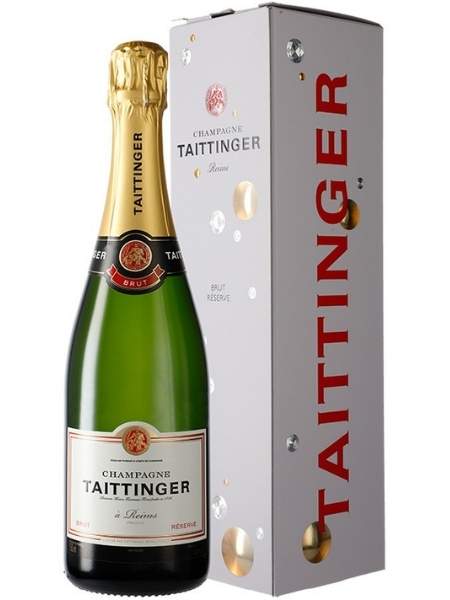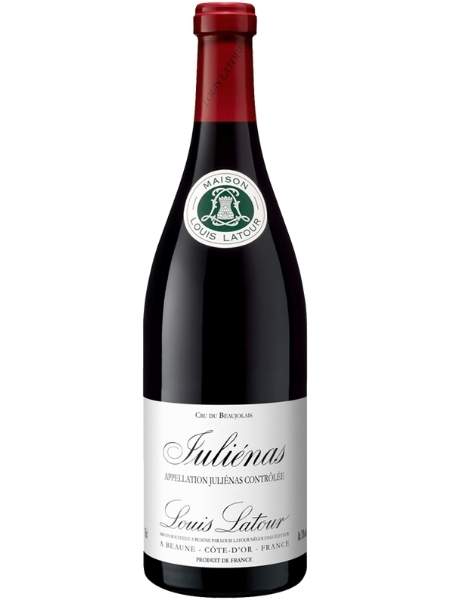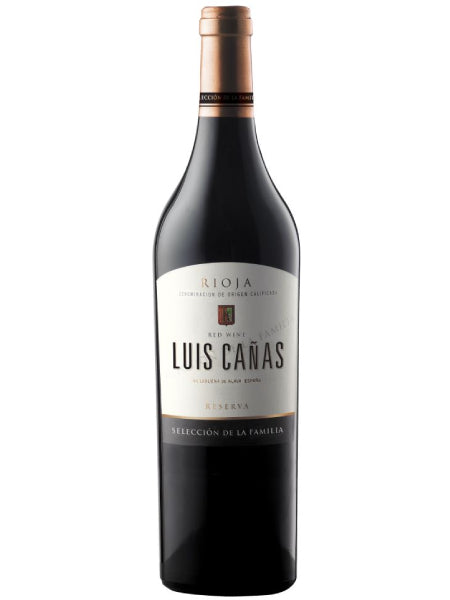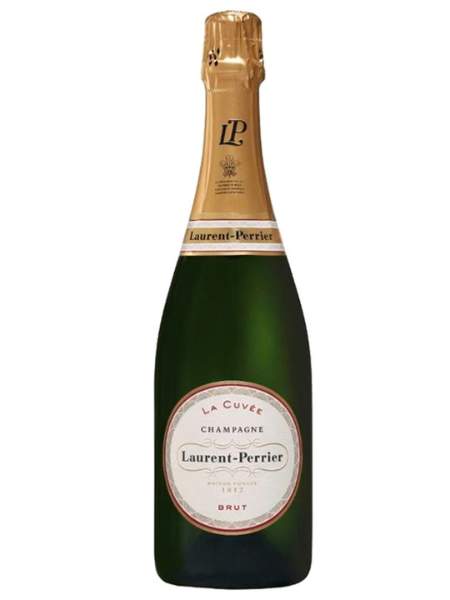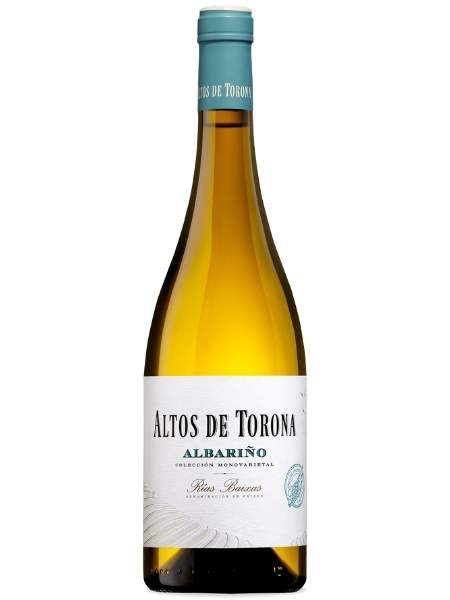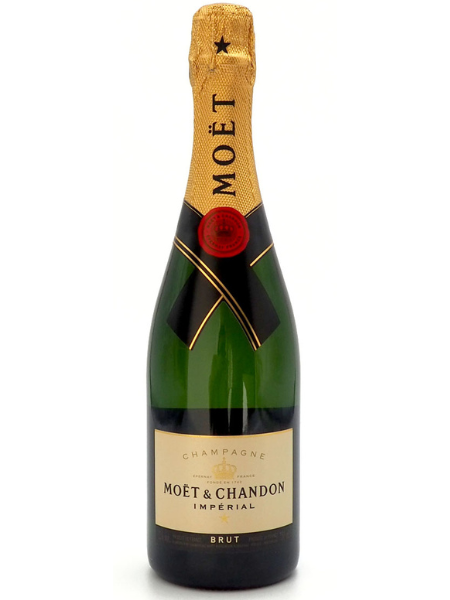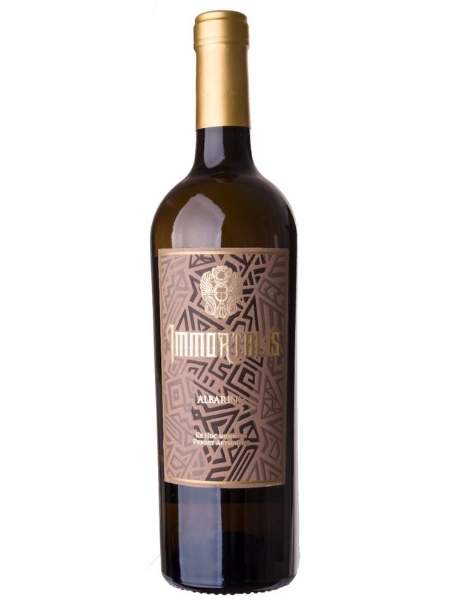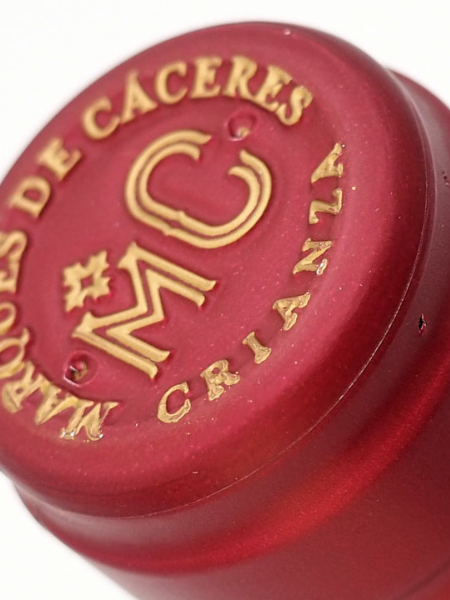
The History of La Rioja Wines

La Rioja is one of the world's most famous Spanish wine-growing areas, located in the north of Spain and, without a doubt, one of the areas with the most impressive roots in wine cultivation.
It is said that the Romans had since set their eyes on those fertile lands to plant their vines. So later, in the Middle Ages, the monasteries became the places where vines were grown and wine was produced for their consumption. The same thing was done by small families, the people of the country who used the resources of the land to earn a living, or to trade in other goods.
Towards the end of the 19th century, when a disease called plasmopara viticola and a terrible plague, the dreaded phylloxera, attacked French vineyards, they ran out of wine to supply the market and customers.
As Spain had not yet been affected by the plague, French winegrowers decided to come to La Rioja to buy quality wine.
That was the moment when La Rioja took great strides forward and modernized with winemaking techniques brought by the French.
At that time, a type of quality wine was produced in Bordeaux, later replicated in Spain, that consisted in controlling the maceration using the skin of the grapes to obtain the color. Then, the wine was stored in 225 liter oak barrels, because in this way it did not change over time and the wine gained more color. Also, it was easier to transport.
The wine trade grew so much in La Rioja, that a new railway station was built in Haro, La Rioja. The wine trade evolved from using mules to transport the wine, to using the steam train, which facilitated the trade between French merchants and Spanish merchants. Also, thanks to the new means of transport, other Spanish cities could drink La Rioja wines, thus gaining popularity and being associated with high-quality wines.
The warehouses used by the French at that time in La Rioja have gradually disappeared, being replaced by the emblematic Spanish bodegas, known today all over the world, of great cultural interest.
Barrio de la Estación in Haro is famous not only for its history but also for having the largest number of century-old wineries in the world. Like its inhabitants, Haro is a delightful place, full of joy, wine and fun.
The history of Rioja wines continues with Luciano Murrieta, a viticulturist who, after spending time in Bordeaux and learning the winemaking technique there, wanted to reproduce it with the Spanish vines. Those first wines were made in a friend's cellar in Logroño, a town now famous for its Laurel Street, full of tapas and wine bars. After Luciano Murrieta changes the winemaking technique, other wineries followed his steps, making La Rioja a place where fine wines are produced.
The city of La Rioja is awarded the first Spanish Designation of Origin in 1925, and in 1991 the specific characteristic of Qualified was added, granted due to the high-quality wines, being the first city with this recognition.
In fact, in Spain, there are only two D.O.C.s(Qualified Designation of Origin)
Our Recommendations Rioja Wines
You can visit our store section, where you will find La Rioja red wines, such as young aromatic, dynamic and fresh wines, such as MC Joven from Bodegas Casado Morales. But also wines like Finca la Emperatriz, from Hermanos Hernáiz, a balanced, elegant wine of indisputable quality.
Rioja wines are known and appreciated on all continents and continue to write history, a bottled history that conveys the passion and personality of those pioneers in making one of the best wines in the world.
We thank our friend Isabel Zaro (Sommelier who graduated from UdG University ) for the valuable information about Rioja wines and their history.
See you next time wine lovers,
Dis&Dis Team

